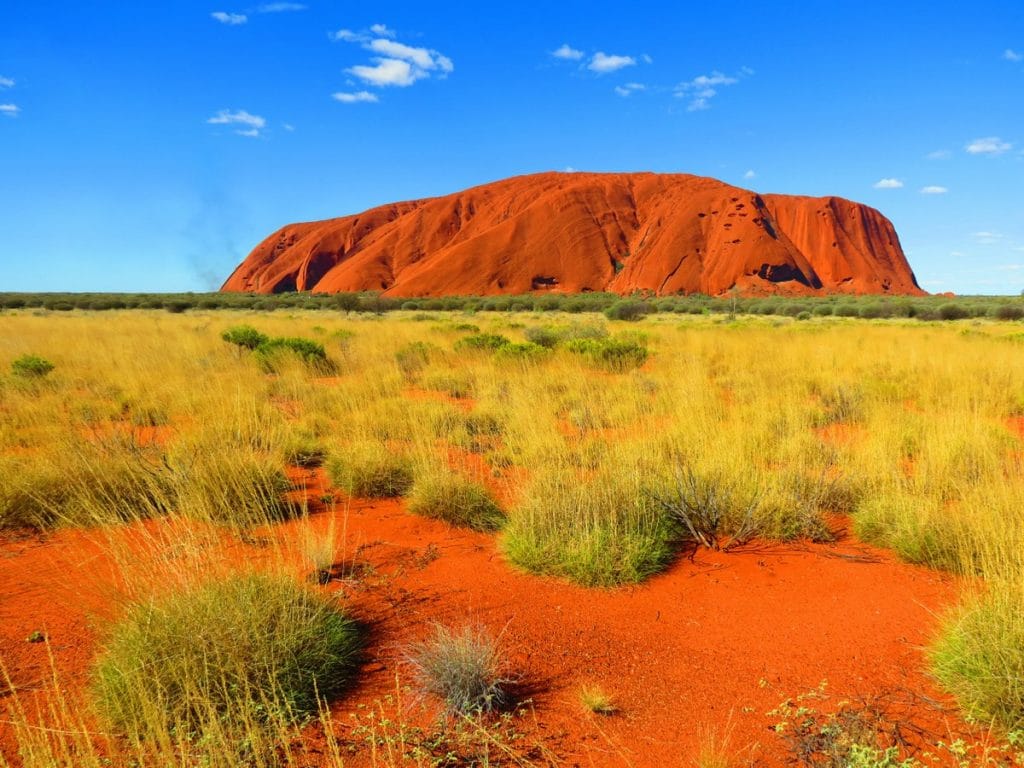
It’s a difficult choice, choosing the most beautiful National Parks in Australia! There are more than 1,000 national parks and reserves across the country (with 870 alone in NSW), and these protect some of the world’s most stunning nature and Aboriginal heritage.
Australia is defined by its natural landscapes, and these parks allow you to experience natural treasures ranging from the arid Red Center, wild rainforest in the Tropical Top end, alpine regions, white sand beaches, coral reefs, eucalypt woodlands, and untamed wilderness as you go further south towards Tasmania.
Australia was one of the first countries in the world to adopt National Parks (Royal National Park just south of Sydney was the second in the world after Yellowstone), and now they cover 28 million hectares of land, roughly 4% of the country.
National Parks have become so embedded in Australia’s DNA that choosing the most beautiful is like asking us to choose a favorite child … but we’ve made the tough call, and the following have been awarded the title. Don’t forget to purchase comprehensive travel insurance as you’re exploring the great outdoors.
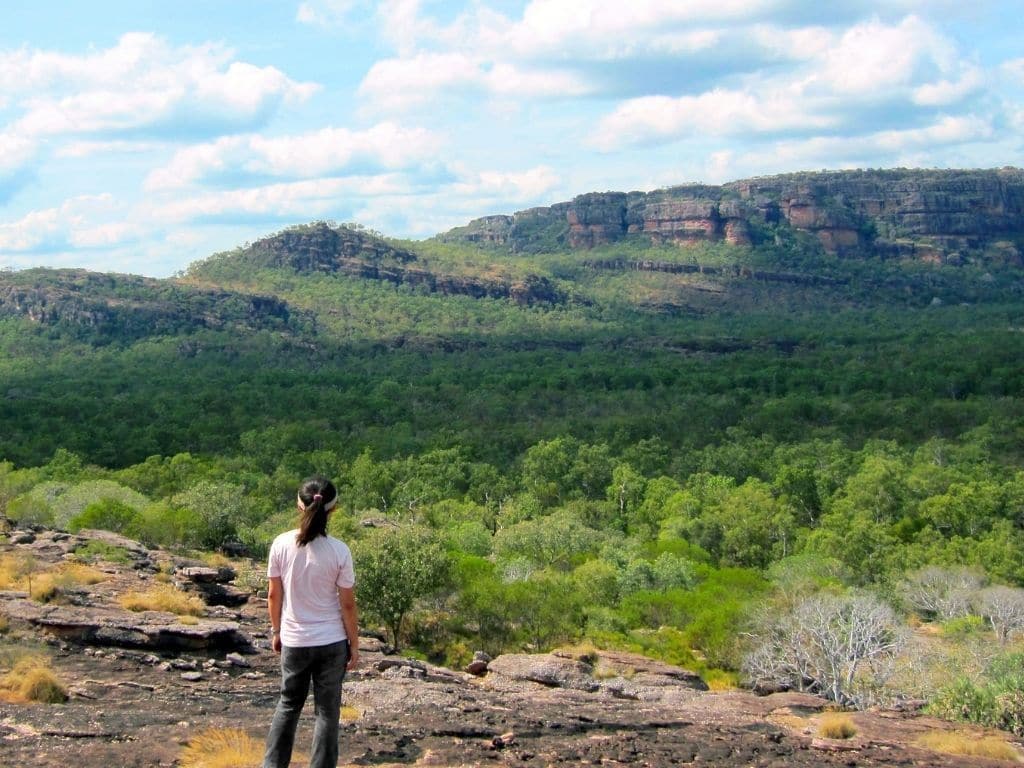
Kakadu National Park, Northern Territory
Both National Park and UNESCO World Heritage Site, Kakadu offers rugged and remote nature, as well as the chance to connect with ancient Aboriginal culture. This is the largest national park in the country, defined by its waterfalls, Indigenous art, and wetlands full of wildlife.
Experience thundering waterfalls like the 200 metre high Jim Jim Falls, or Twin Falls gorge. These are fullest during the wet season (November through May), though you’ll have to take a scenic flight, as the roads become impassable. From June to October you can take a 4WD to get up close, and if you’re willing to scramble over 900 m of boulders, you can swim in a plunge pool at the base of the falls.
The Bininj/Mungguy people are the traditional owners of the land, and you can learn about Aboriginal culture which dates back 65,000 years. There are over 5,000 ancient rock art sites throughout the park which document the Indigenous way of life, dating back to the first hunter-gatherer communities of prehistoric times. The cave paintings and rock carvings throughout the park represent the oldest Indigenous rock art in the world.
Kakadu is 3 hours from Darwin, and one of the biggest highlights is taking a cruise to see crocodiles in their natural environment.
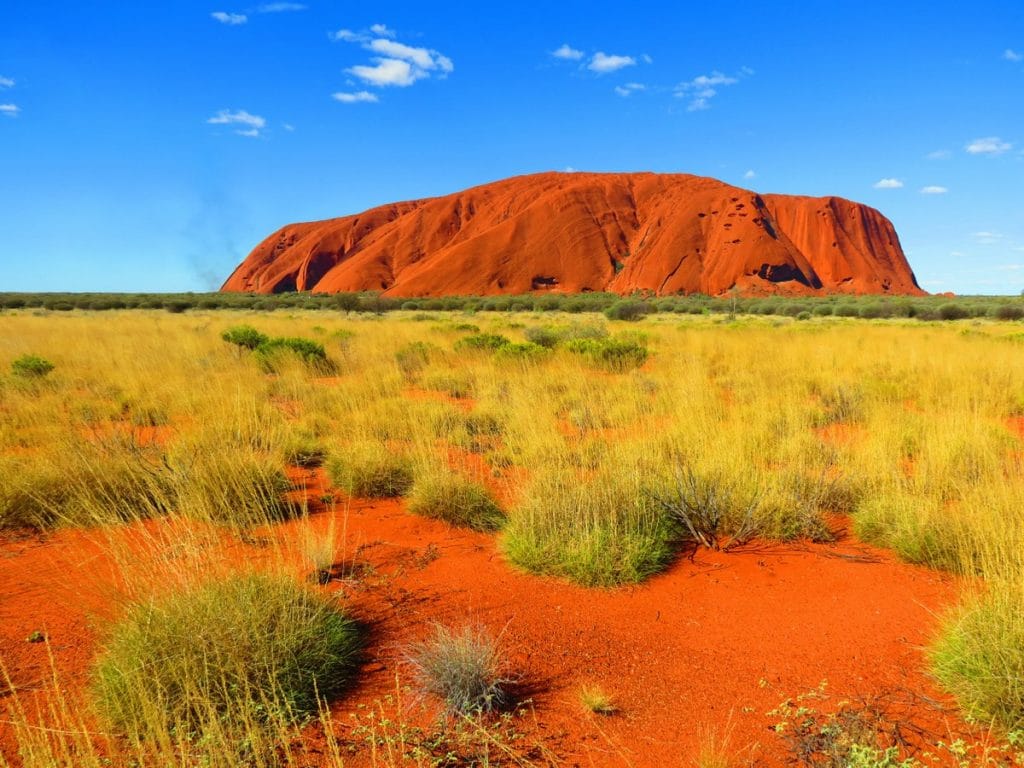
Uluru-Kata Tjuta National Park, Northern Territory
An icon of the Red Center, when the sun sets over Uluru and casts a glowing orange hue, you can understand why this park is so famous. It’s home to many striking rock formations and ancient wonders, though the two you’ll want to see are the monoliths it’s named after; Uluru and Kata Tjuta (only 30 km apart from each other).
While Uluru is a singular rock, (though calling it a rock doesn’t do the size justice!), Kata Tjuta is a series of 36 domes spread across a burnt orange landscape. Both sites are sacred to the Anangu people, who you can learn more about at the Cultural Centre with free presentations from community leaders.
While most people head here for the photo opportunity, the park offers a lot more, with plenty of walking trails, outback wildlife, Indigenous art galleries, dining experiences under the stars, and Field of Light which is a permanent outdoor art exhibit, lighting up the desert with 50,000 spindles of light casting a shadow over Uluru.
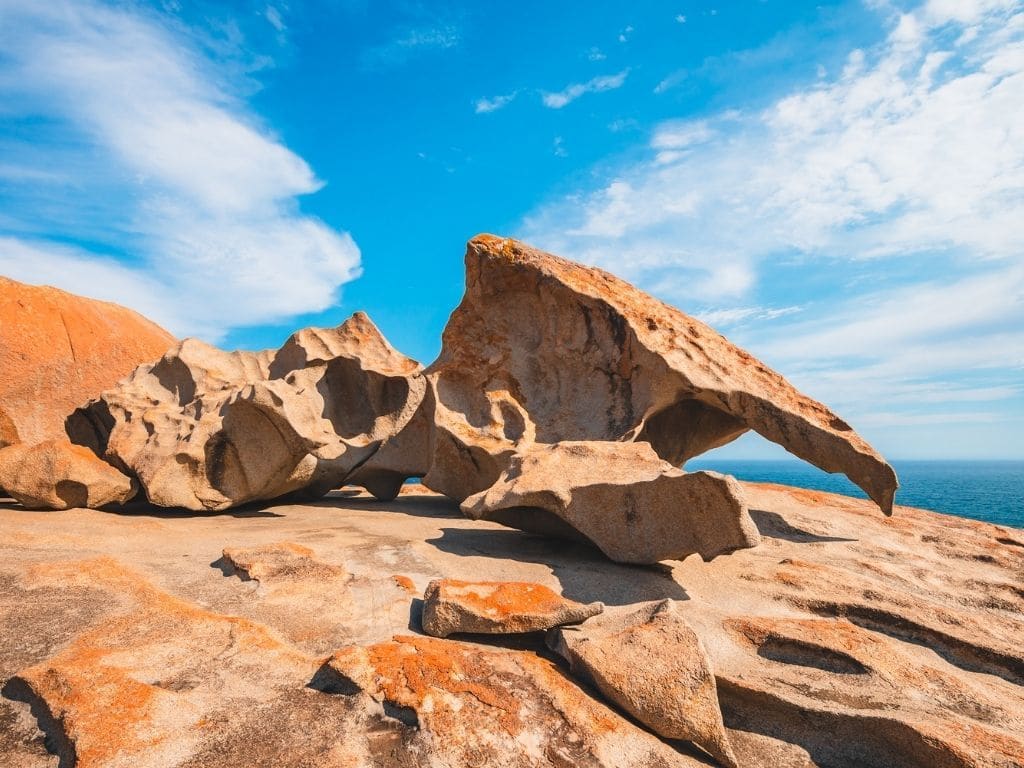
Flinders Chase National Park, South Australia
Recently recovering from the 2019 - 2020 bushfires, Flinders Chase National Park is a rugged coastal park on Kangaroo Island. It is most famous for its rock formations which sit against the spray of the Southern Ocean; Remarkable Rocks and Admirals Arch, as well as the long-nosed fur seal colony which lives here.
Driving through the National Park allows you to witness first hand the role bushfires play in shaping the Australian landscape. Much of the vegetation here has started to regenerate, and wildlife is also returning, including kangaroos, koalas, and KI echidnas.
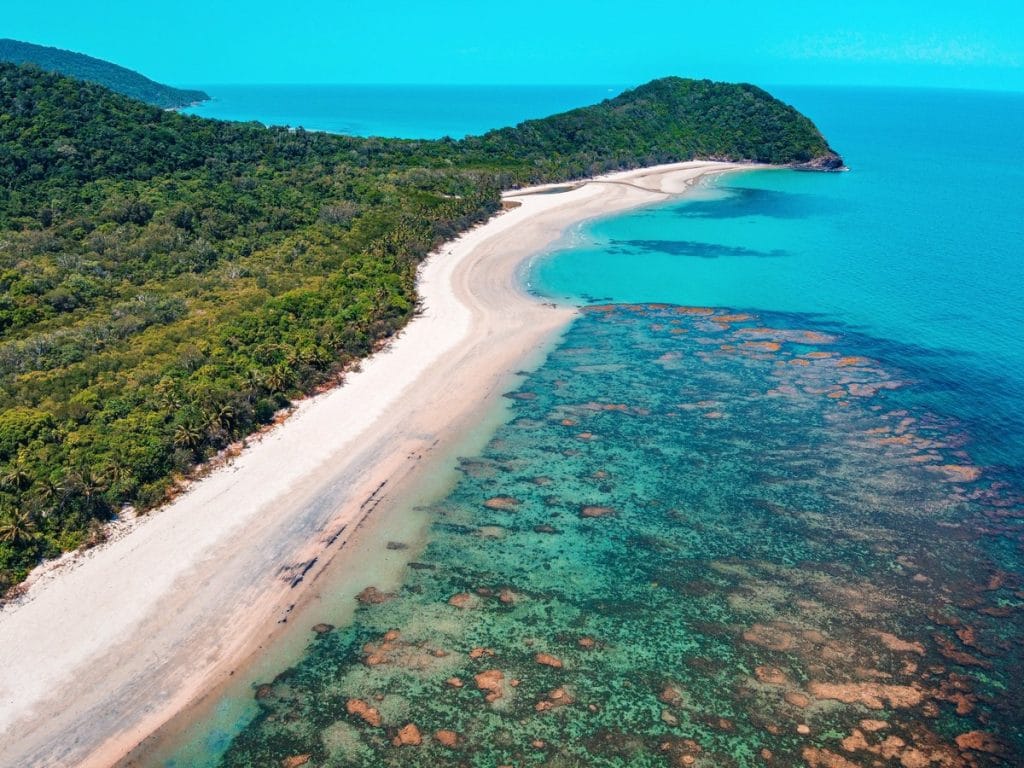
Daintree National Park, Queensland
The rainforests in this part of North Queensland have been growing for 180 million years, making Daintree National Park home to the oldest tropical rainforests in the world.
Experiences here are split between Mossman Gorge, a gorge within the rainforest which offers Indigenous walks and art galleries from the Kuku Yalanji, and Cape Tribulation, which is where the rainforest meets the sandy beaches of the Great Barrier Reef.
The biodiversity here is unrivaled, so much so that Sir David Attenborough called it ‘the most extraordinary place on Earth’. There are 430 different species of bird, and a high concentration of other wildlife, including prehistoric looking cassowaries, saltwater crocodiles, tree kangaroos, pythons, swamp wallabies, platypus, water dragons … the list goes on.
